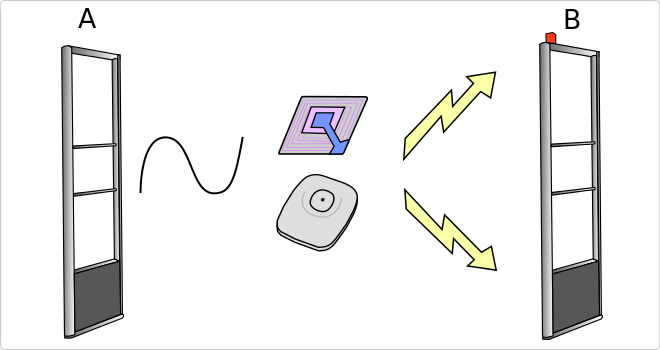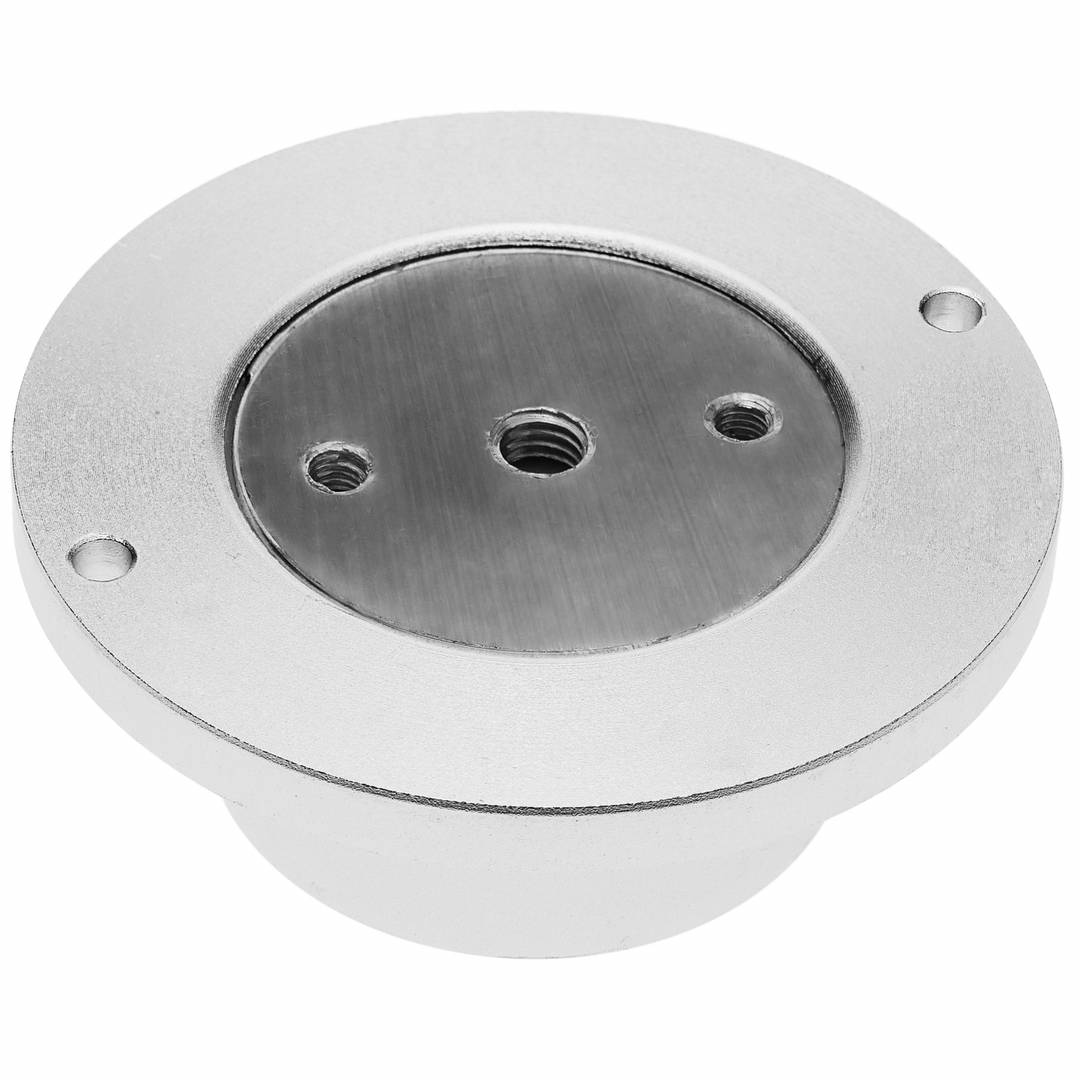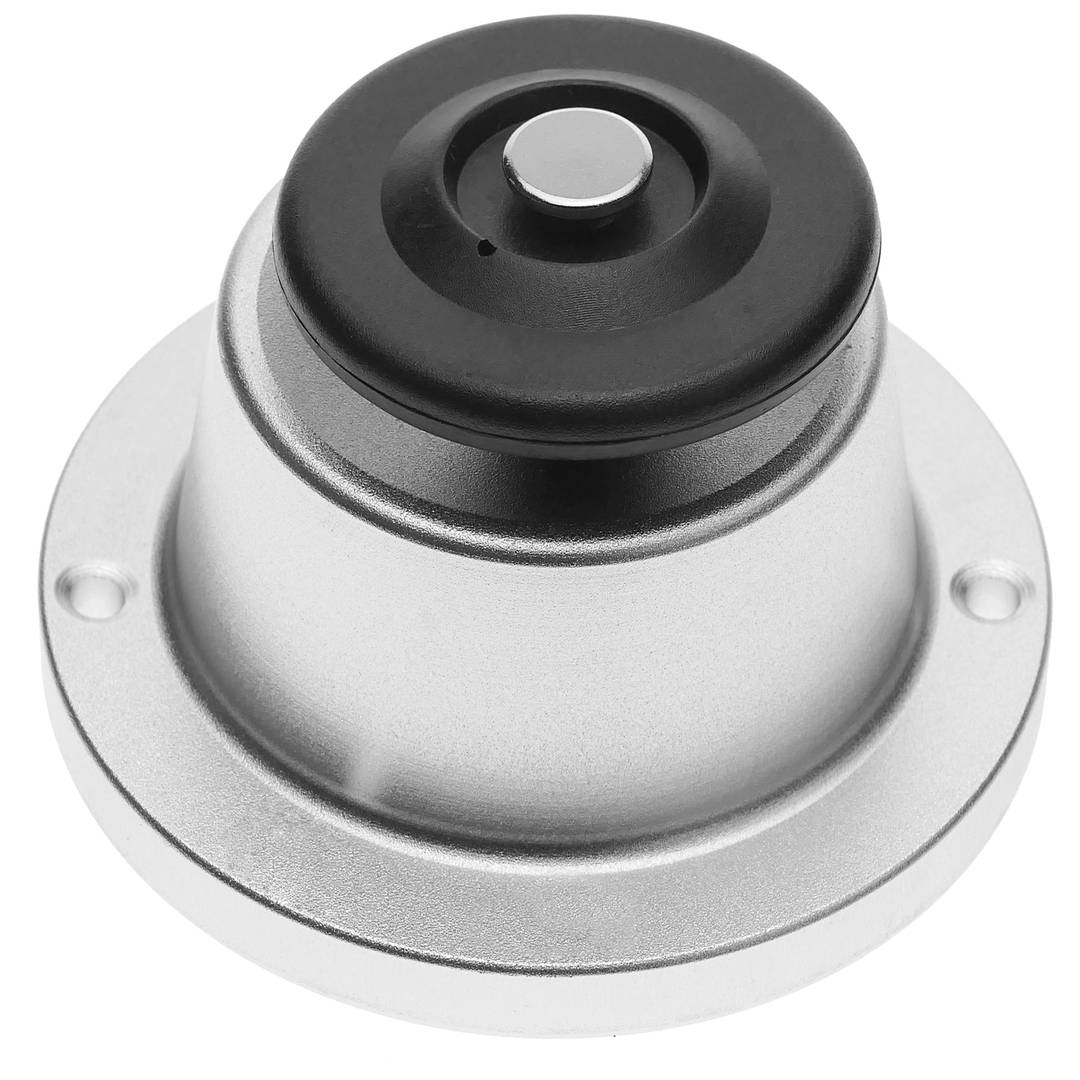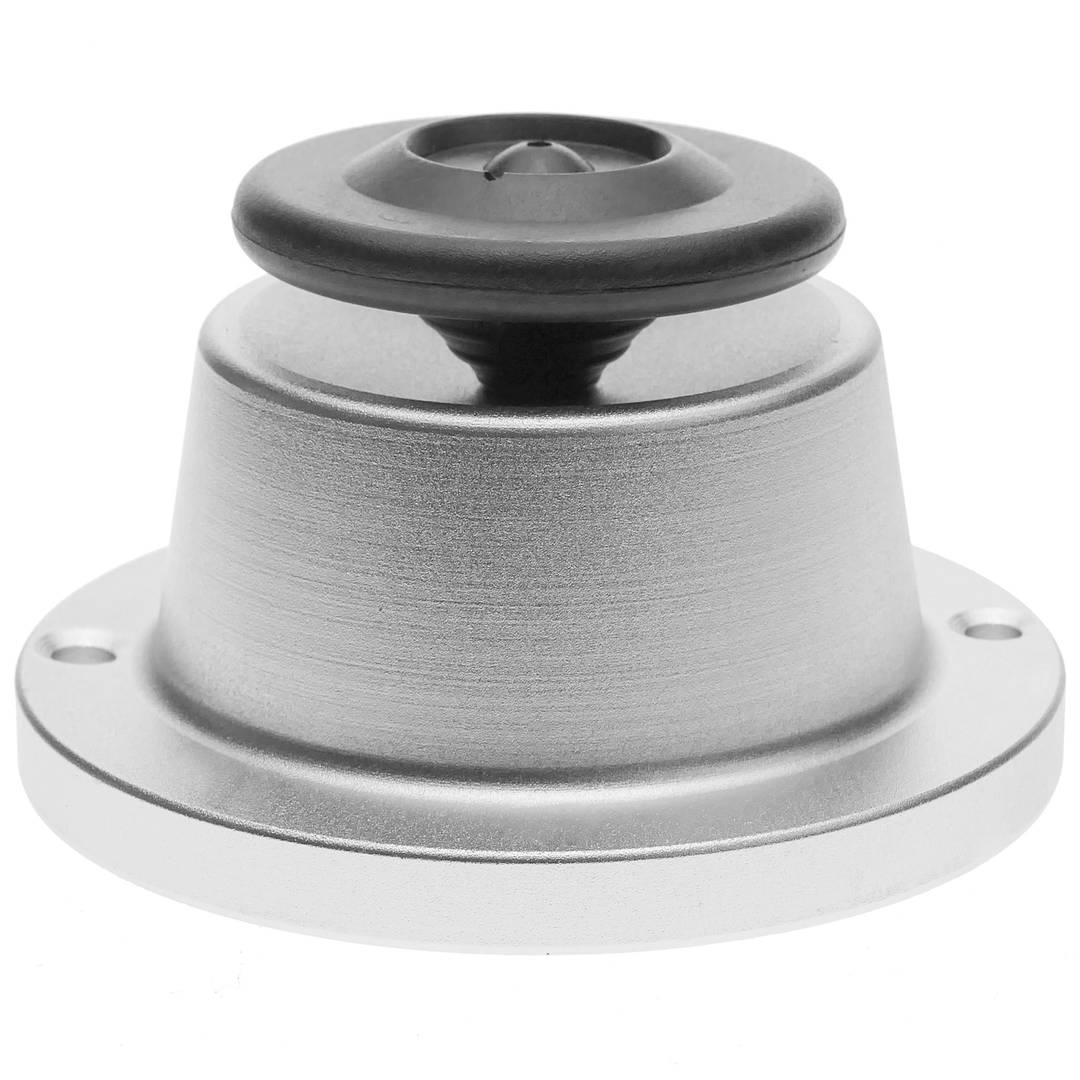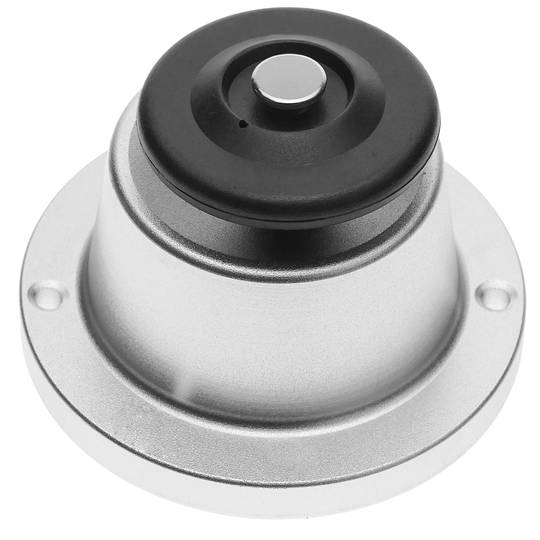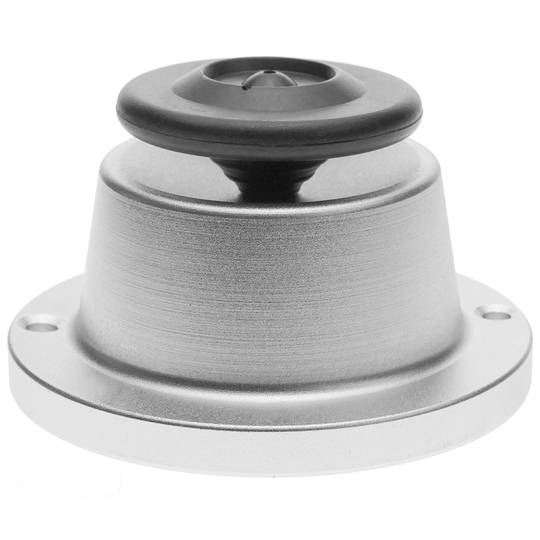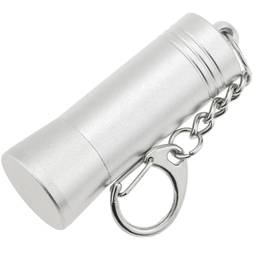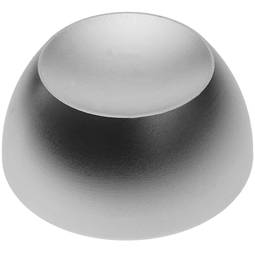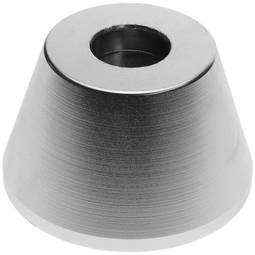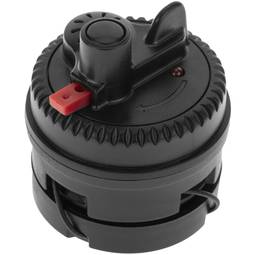12/15/2025 10:15 a.m.
https://cablematic.com/en/products/anti-theft-rigid-magnetic-tag-decoupler-compliant-with-eas-rf-82mhz-XY026/
https://cablematic.com/en/products/anti-theft-rigid-magnetic-tag-decoupler-compliant-with-eas-rf-82mhz-XY026/
Anti-theft rigid magnetic tag decoupler compliant with EAS RF 8.2MHz
REF: XY026
Specifications
- Anti-theft tag detacher.
- magnetic technology. It has a powerful magnet inside.
- Magnetic base to remove the anti-theft label from the protected product.
- Magnetic flux density: 7000 Gauss.
- It has 3 holes to fix the flat base device.
![play_button]() Watch video
Watch video
More info
PVP
€43.91
Price including VAT:
€43.91
PVD
€38.60
PVP: Retail price.
Check conditions.
PVP: Sale price to distributors.
Check conditions.
Immediate delivery
The delivery times are approximate and may vary depending on the selected carrier.
warranty
returns
safe
Specifications
- Anti-theft tag detacher.
- magnetic technology. It has a powerful magnet inside.
- Magnetic base to remove the anti-theft label from the protected product.
- Magnetic flux density: 7000 Gauss.
- It has 3 holes to fix the flat base device.
Keywords
Did not find what you were looking for? These topic could help you
More info
Anti-theft tag detacher. It is a magnet-based system to extract the anti-theft label from the protected product.
Specifications
- Anti-theft tag detacher.
- magnetic technology. It has a powerful magnet inside.
- Magnetic base to remove the anti-theft label from the protected product.
- Magnetic flux density: 7000 Gauss.
- It has 3 holes to fix the flat base device.
- Diameter: 74mm.
- Gross Weight: 266 g
- Product size (width x depth x height): 7.4 x 7.4 x 3.2 cm
- Number of packages: 1
- Packages size: 7.5 x 7.5 x 5.1 cm
Technical terms
- EAS RF security systems
- EAS RF Deactivator
EAS RF security systems
The EAS RF (Electronic Article Surveillance) monitoring system or electronic surveillance system for items is a very common and effective method to guarantee the security of your business and minimize the risk of theft or theft.
This type of systems can be implemented in rigid or flexible systems, among which we can find the most common types.
Remember that depending on their type they can work in a frequencyto different.
Inside the RF tags we can find an aluminum helical antenna, connected to a diode or an RC circuit. This type of systems do not require power to operate, the anti-theft arches are responsible for sending an electromagnética that is absorbed by these labels that activate their circuit generating a return signal.
In the detection system based on EAS RF an emitter and receiver device is required, the most used are the anti-theft arches.
One of them works as an emitter and another as a receiver. Its installation must be done at the entrance or exit of the business and not placed less than 80 cm from each other.
These arches needan own food and can be regulated to be more or less sensitive.
The detection operation consists in that the emitter arc is sending (A) a signal that activates the label, when passing an alarm tag between the two arcs the label receives the signal from the emitter arc, this signal emitted by the label is received by the receiver arc (B) that is in charge of making the alarm go off.
This type of systems can be implemented in rigid or flexible systems, among which we can find the most common types.
Remember that depending on their type they can work in a frequencyto different.
- Magnetic label
- Acustomagnetic label, work on 58 MHz frequency.
- Radio frequency (RF) label, works in the frequency of 7.4-8.8 MHz, although they usually work in the 8.2 MHz, it is the most used in stores and businesses.
- Microwave label, they work in the frequency 2450 Mhz.
- Rigid RF tag: Rigid security tags ideal for textile items, such as shirts, pants, coats etc ...
This type of labels consist of a base of rigid plastic material connected to a pin type pin. Once united, it is only possible to uncouple them with a magnetic system. - RF label with cable: Semi security labelsThanks to its steel cable, they can be adapted to other types of products, such as wine bottles, bicycles, machinery on display, etc. The decoupling system is by magnetic system as are the rigid ones.
- Soft RF label: Flexible security label, normally used in all types of products such as clothing, footwear, books, tools, food, etc ... thanks to its adhesive system. The system of deactIivation is through an RF deactivator. This deactivation system emits a very high RF impulse that manages to burn the internal diode, leaving the tag unusable.
Inside the RF tags we can find an aluminum helical antenna, connected to a diode or an RC circuit. This type of systems do not require power to operate, the anti-theft arches are responsible for sending an electromagnética that is absorbed by these labels that activate their circuit generating a return signal.
In the detection system based on EAS RF an emitter and receiver device is required, the most used are the anti-theft arches.
One of them works as an emitter and another as a receiver. Its installation must be done at the entrance or exit of the business and not placed less than 80 cm from each other.
These arches needan own food and can be regulated to be more or less sensitive.
The detection operation consists in that the emitter arc is sending (A) a signal that activates the label, when passing an alarm tag between the two arcs the label receives the signal from the emitter arc, this signal emitted by the label is received by the receiver arc (B) that is in charge of making the alarm go off.
